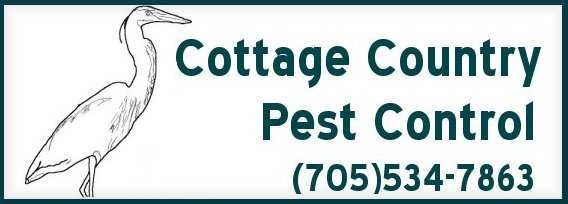Today's post is the revisit on hornets. Fun right?
- The European Hornet (Vespa crabro) is black and dark with yellow, they have deeply indented eyes (think c-shaped) with reddish-orange wings and their petiolate abdomen is brown striped with yellow and some hair
- They can be as big as 3.5 cm and like the honeybee and bumblebee they have a gentle disposition
- This means they won't sting unless they provoked, stepped on or grabbed
- They will however get defensive when their hives are threatened and they can become aggressive
- Male European hornets have abdomens that have 7 segments and the females have 6 and the male antenna have 13 segments and the female antenna have 12
- European hornets will eat insects and they are also attracted to lights at night
- Their nests are large paper nests and can be found in hollow trees that have sheltered positions
- Bald-face Hornet or (Dolichovespula maculata) is also known as the white-faced hornet and the white-tailed hornet
- Found throughout North America including parts of Canada, the Rocky Mountains, the Western Coast of the United States and most of the Eastern United States
- They are black with white ivory markings and can be up to 1.9 cm
- They also have 2 visible legs that hang when they are in flight and they lack pollen baskets
- Like the European hornets, the Bald-face hornet also eats other insects
- Bald-faced hornets are known for their large football-shaped nests, which they build in the Spring
- They are extremely protective of their nests and can sting repeatedly
To book an appointment or for more information email or call us at 705-534-7863.

No comments:
Post a Comment